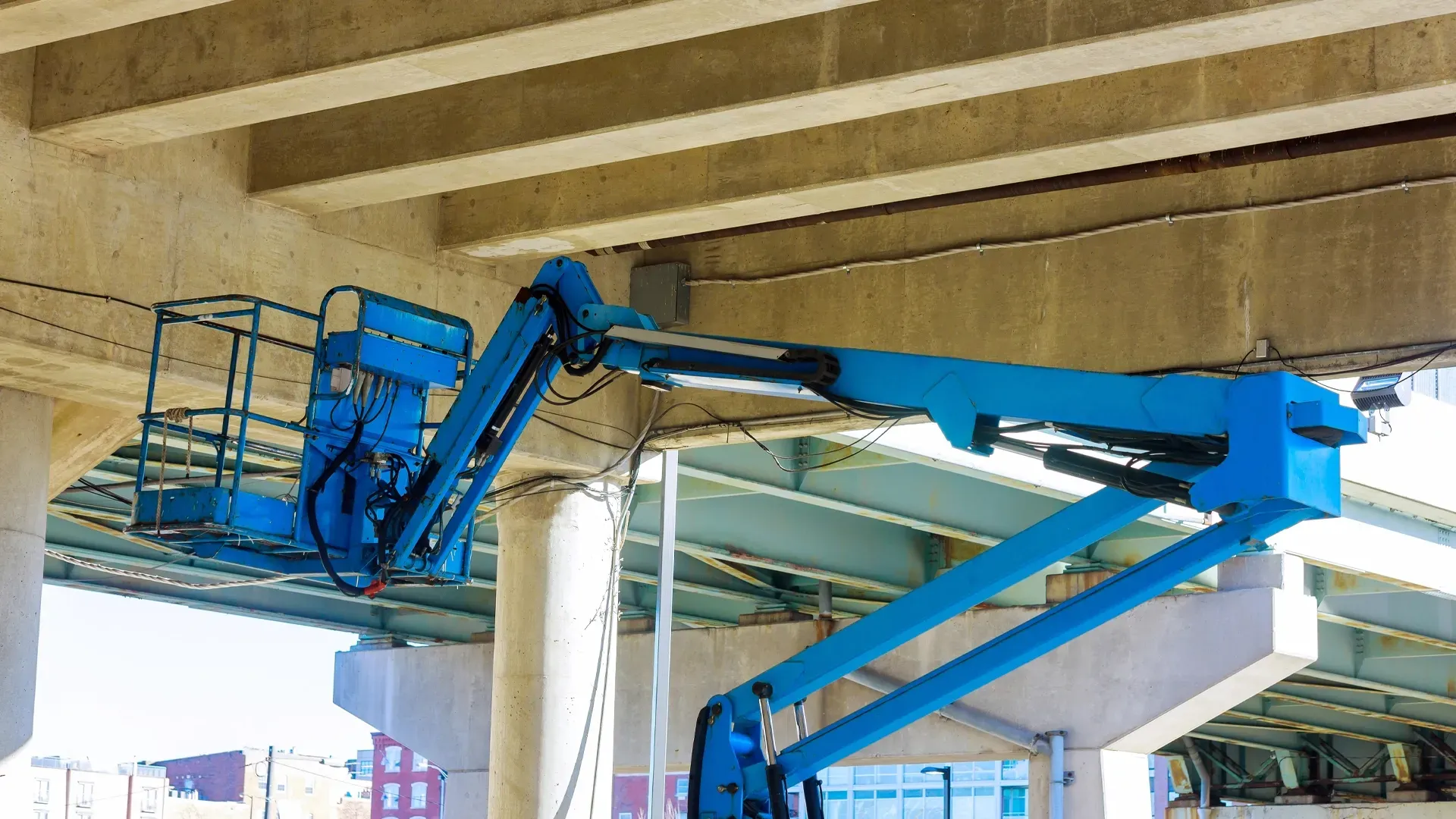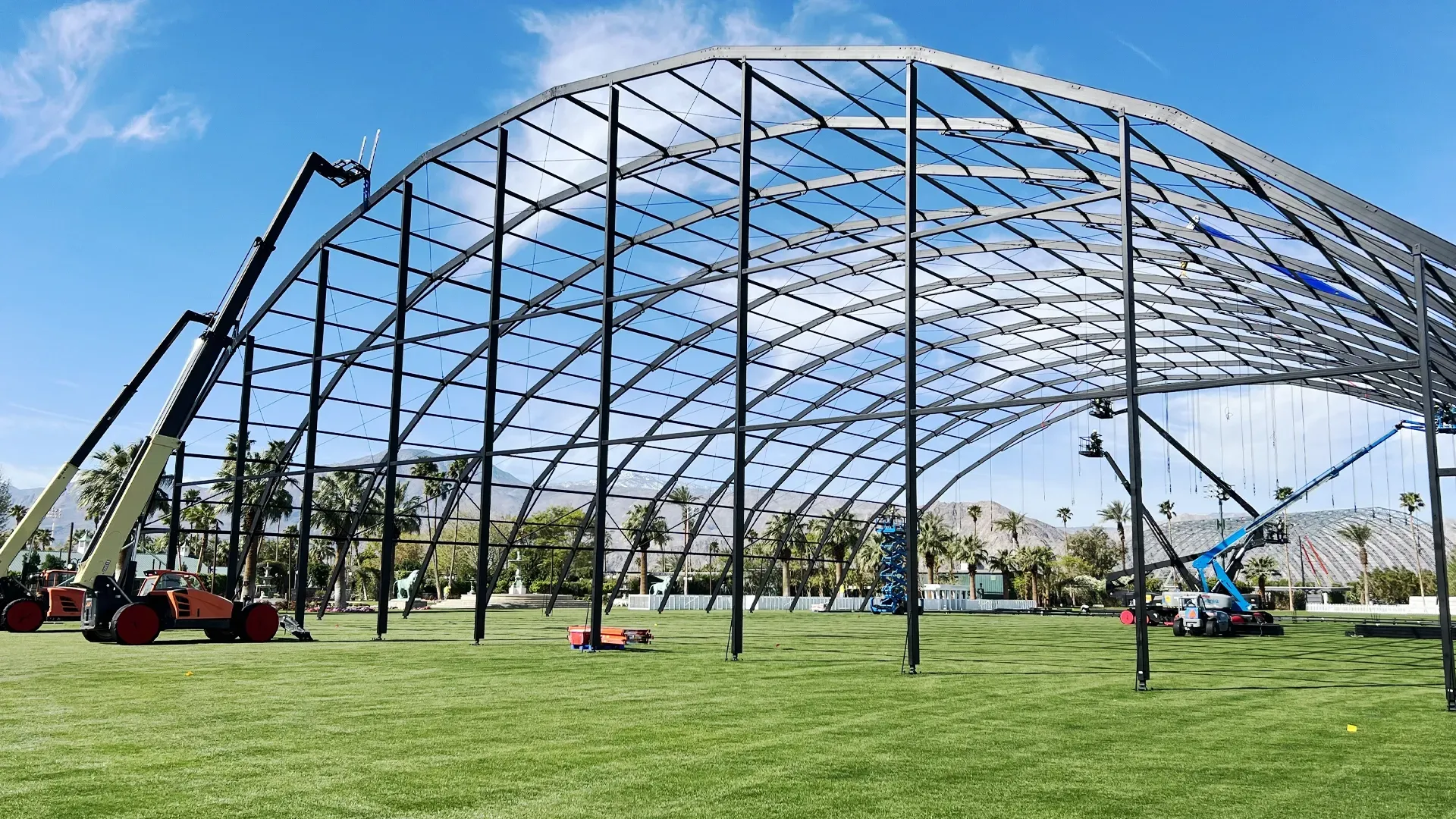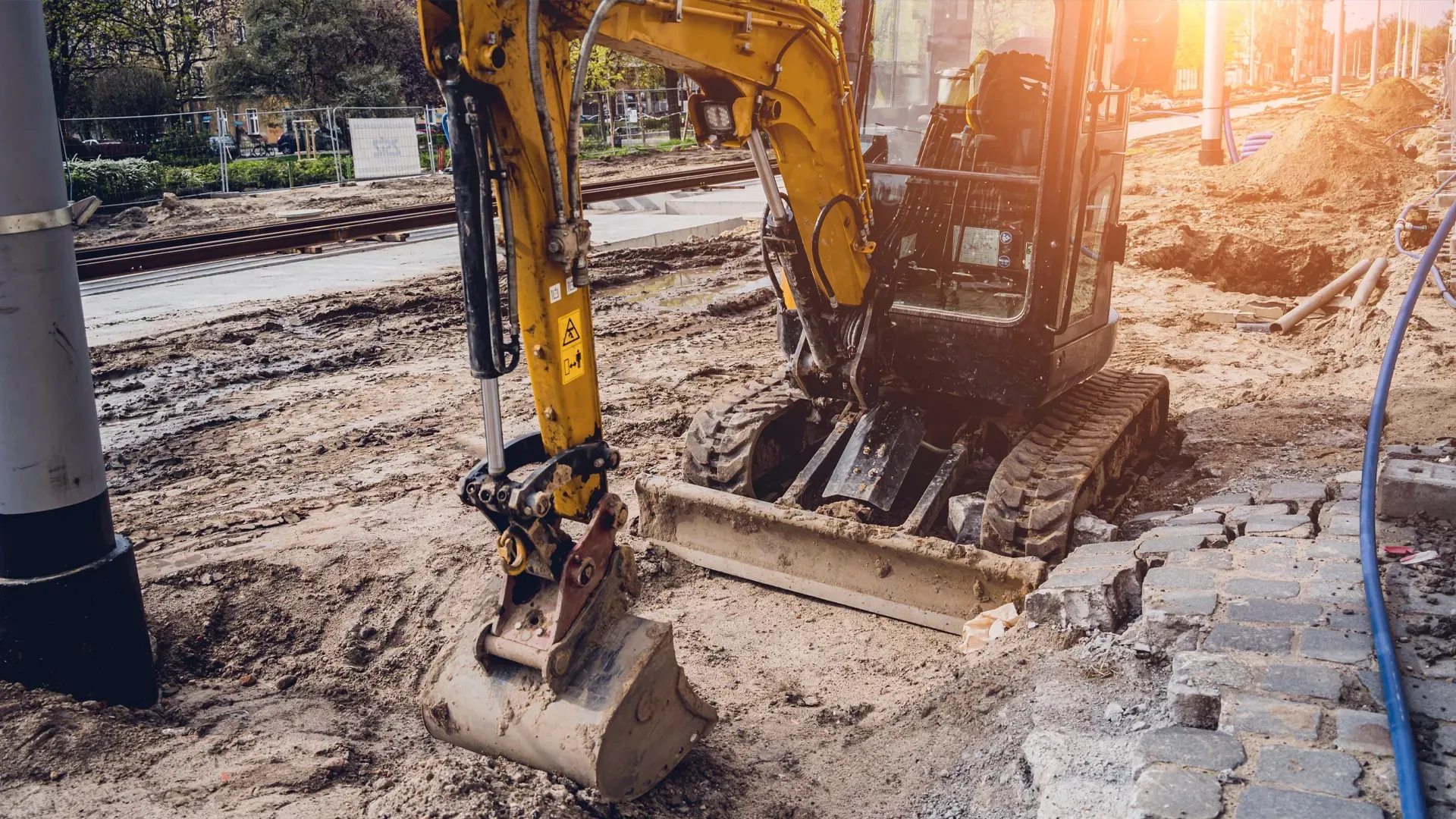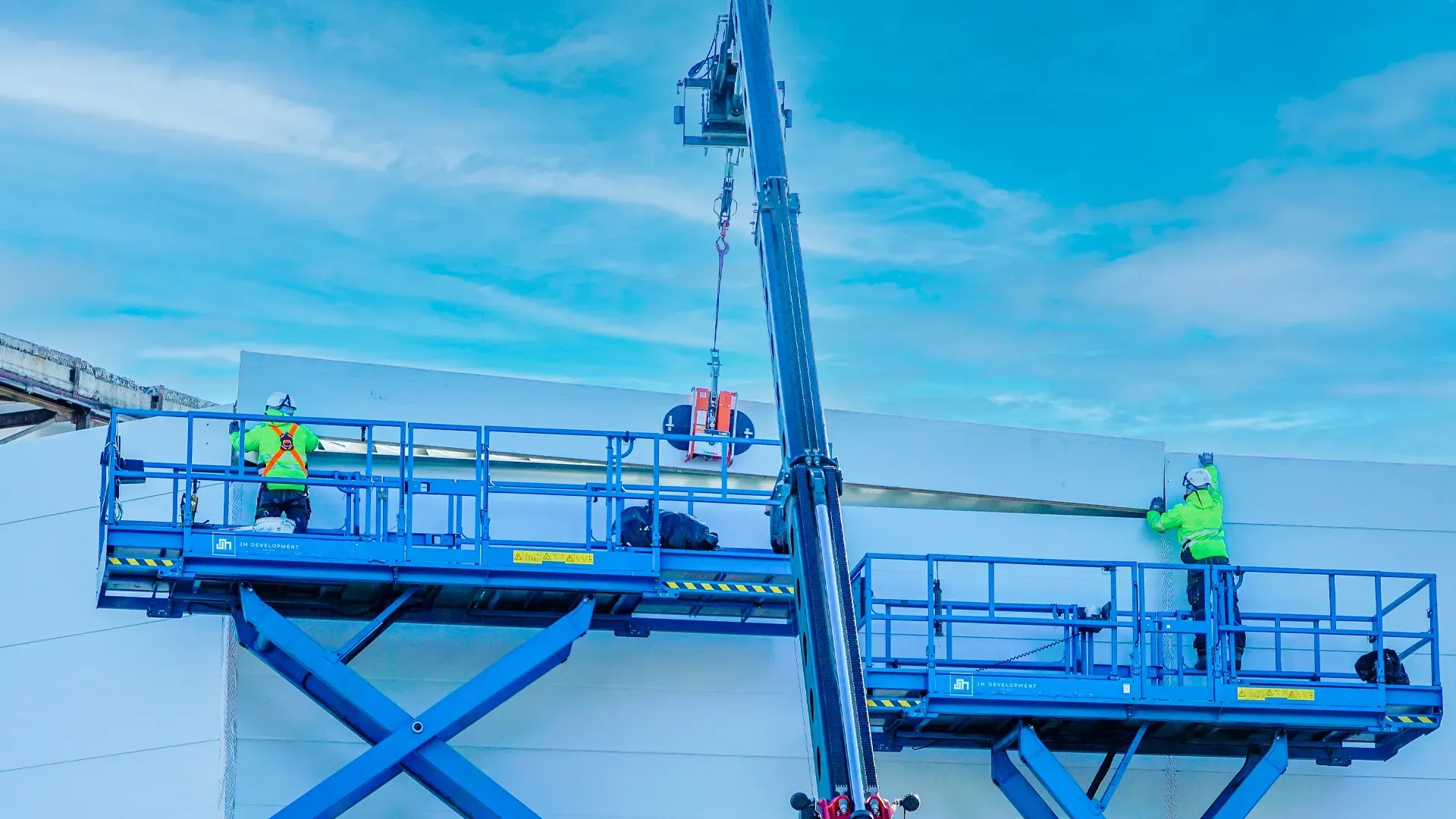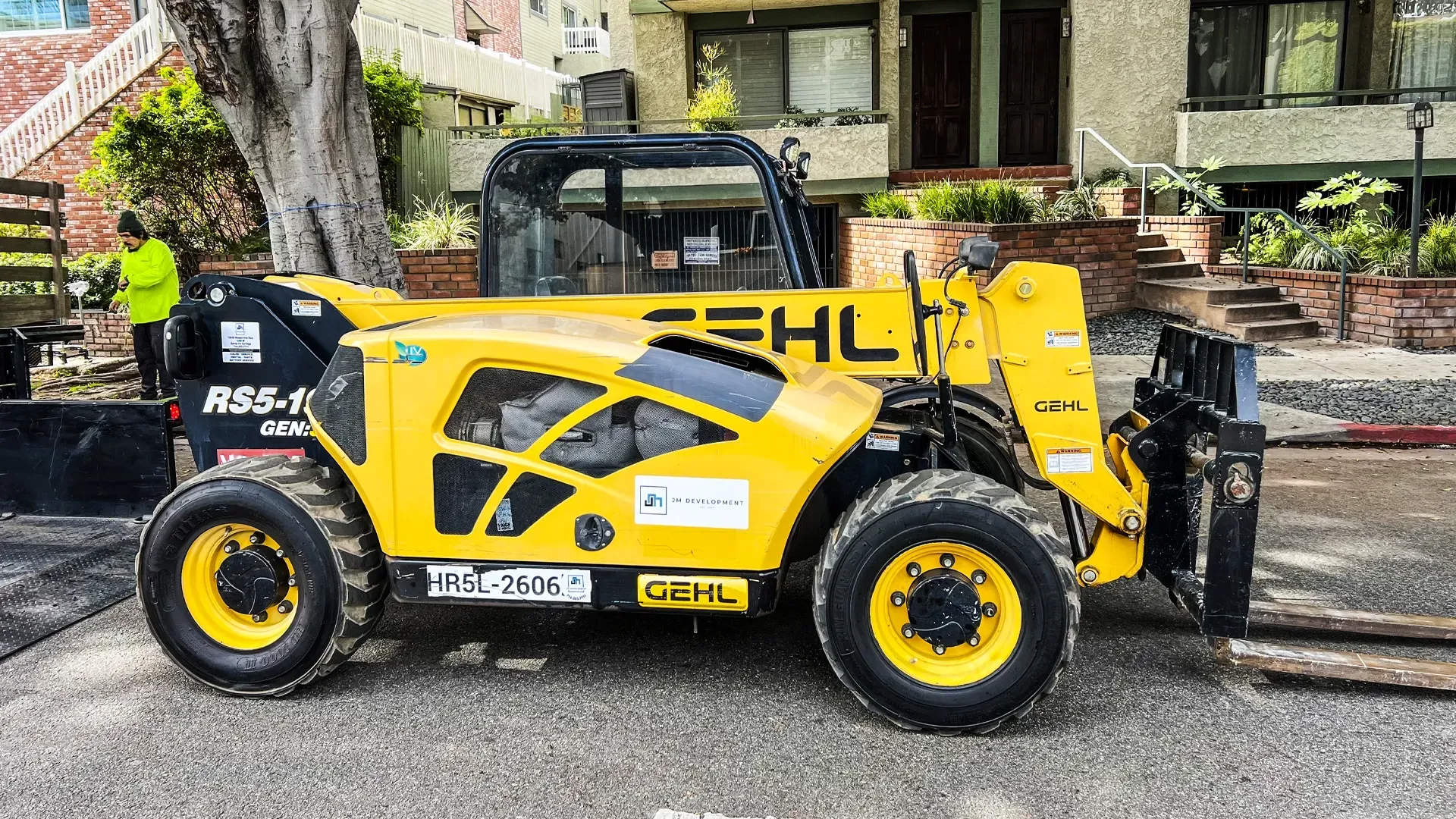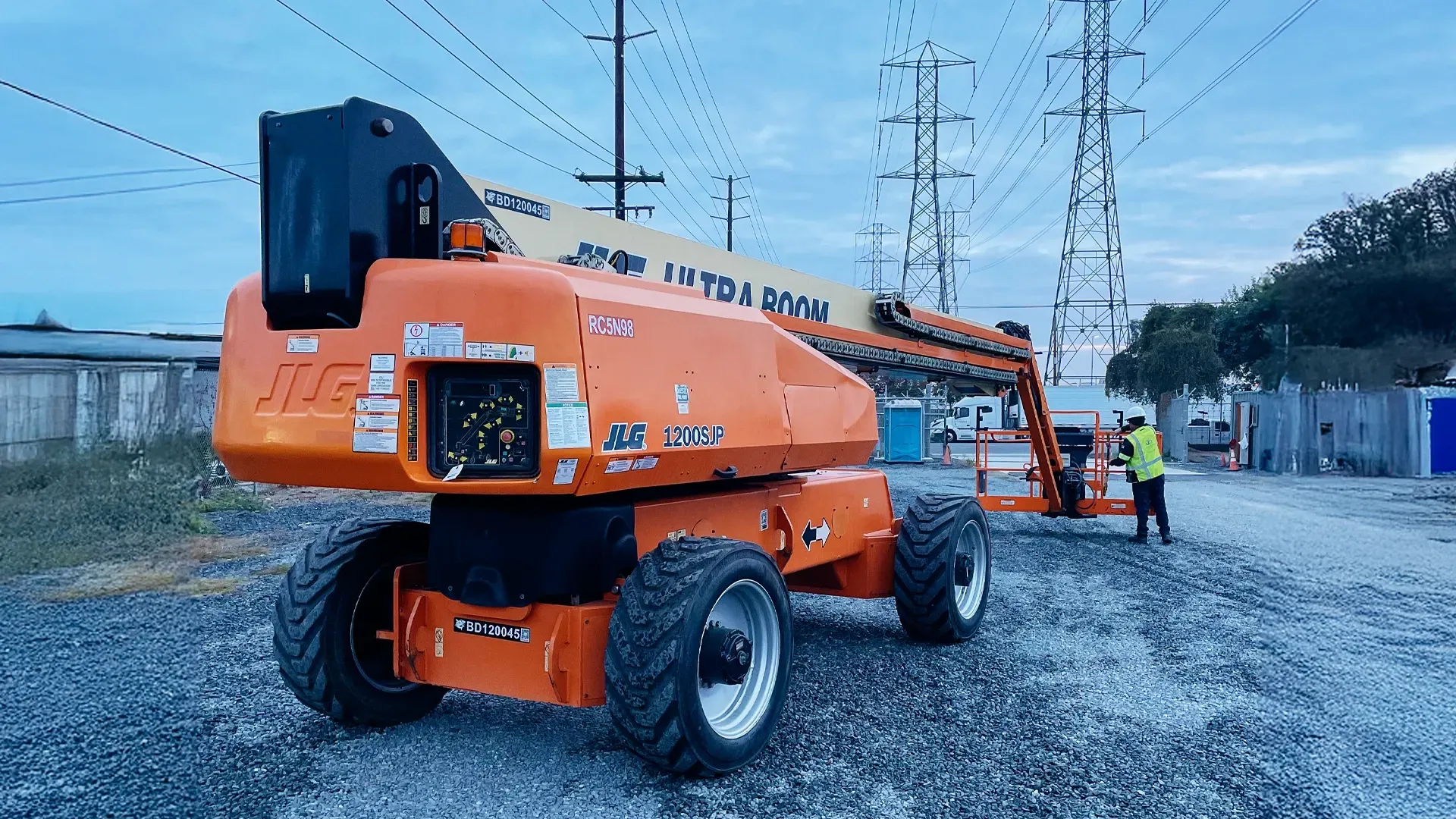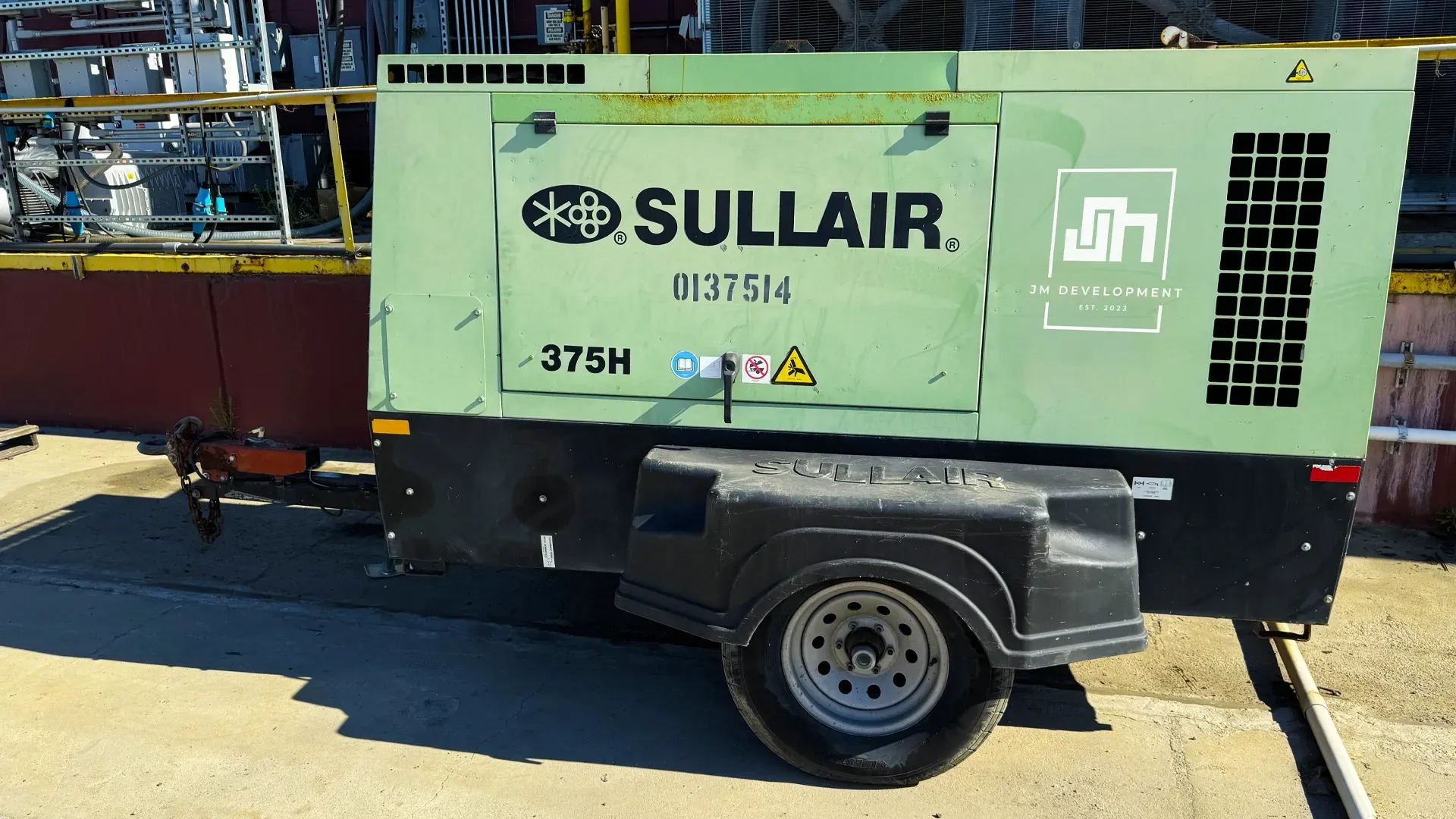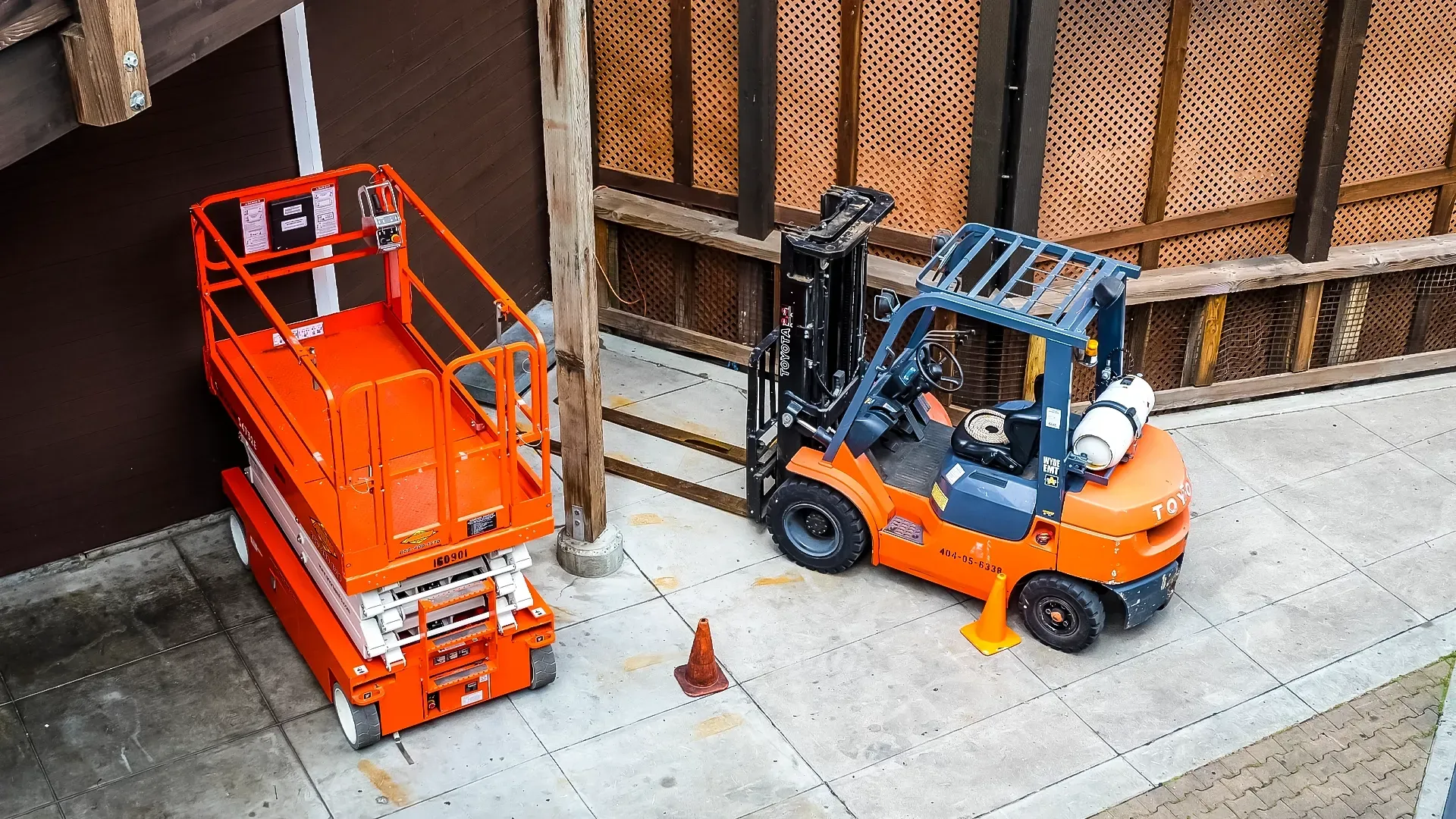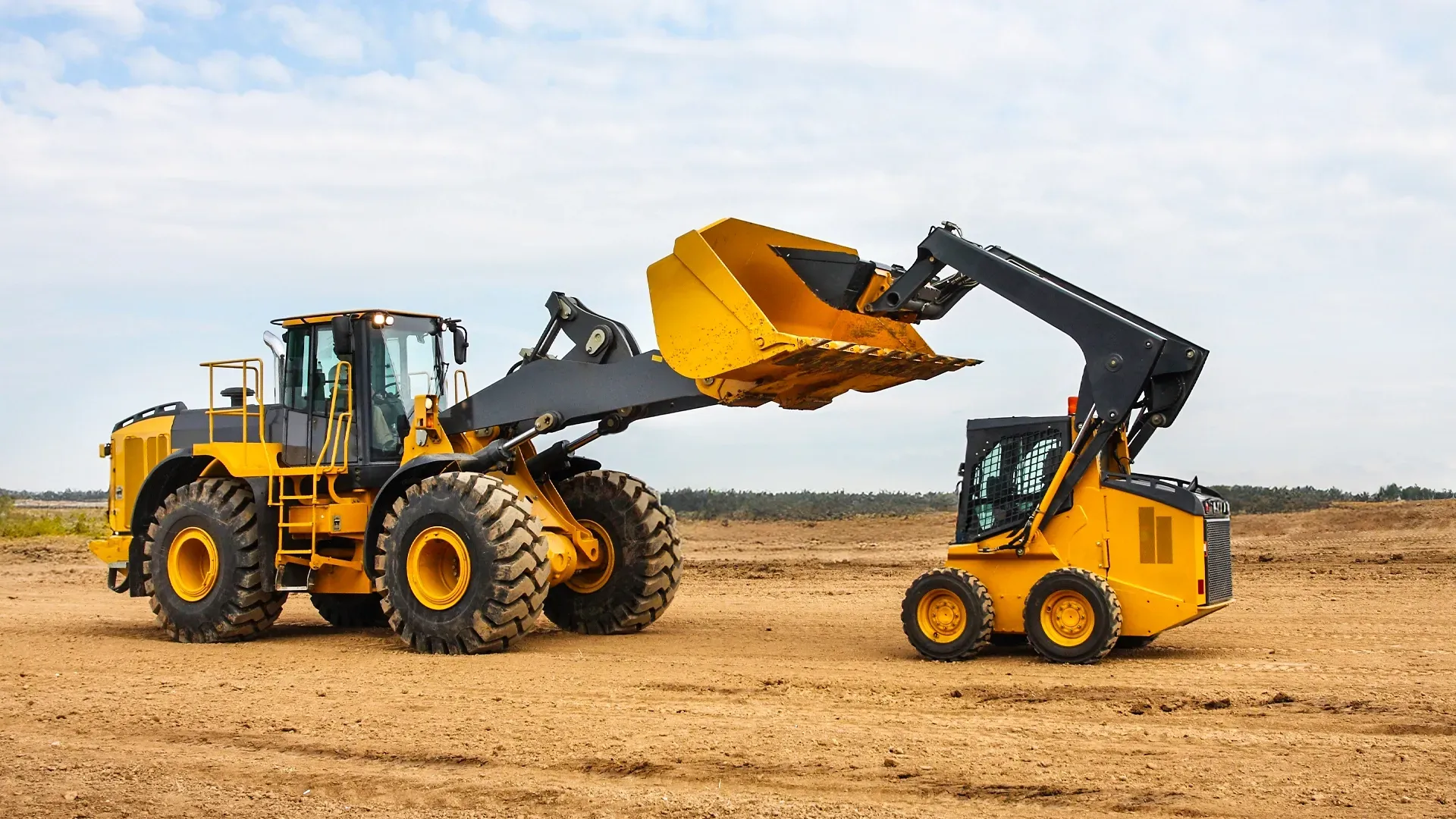Virtual and Augmented Reality in Construction: Enhancing Client Collaboration and Project Visualization
Revolutionizing Construction with Virtual and Augmented Reality: A Deep Dive into Enhanced Collaboration and Visualization

The construction industry has long been known for its reliance on traditional methods and tools. However, the advent of digital technologies has ushered in a new era of innovation and efficiency. Among the most transformative technologies are Virtual Reality (VR) and Augmented Reality (AR). These cutting-edge tools are revolutionizing the way construction projects are designed, managed, and executed. In this article, we will explore how VR and AR are enhancing client collaboration and project visualization, share success stories of projects that have benefited from these technologies, and discuss the future possibilities for VR and AR in construction.
The Role of VR and AR in Construction
Virtual Reality (VR) and Augmented Reality (AR) offer immersive and interactive experiences that bridge the gap between the digital and physical worlds. In construction, these technologies are being used to improve various aspects of the project lifecycle, from design and planning to execution and maintenance.
Virtual Reality (VR)
Virtual Reality creates a fully immersive digital environment that users can explore and interact with. In construction, VR is primarily used for:
- Design Visualization: VR enables architects and designers to create detailed 3D models of buildings and structures. Clients can virtually walk through these models, gaining a realistic sense of the space and making informed decisions about design elements.
- Training and Safety: VR provides a safe and controlled environment for training construction workers. Workers can practice complex tasks and safety procedures in a virtual setting, reducing the risk of accidents on-site.
- Project Presentations: VR offers an engaging way to present projects to stakeholders, investors, and clients. It allows them to experience the project as if it were already built, leading to better understanding and approval.
Augmented Reality (AR)
Augmented Reality overlays digital information onto the physical world, enhancing the user's perception of reality. In construction, AR is used for:
- On-Site Visualization: AR allows project managers and workers to visualize 3D models of structures on the actual construction site. This helps in identifying potential issues and making real-time adjustments.
- Maintenance and Repairs: AR can guide maintenance workers by overlaying instructions and diagrams onto the physical equipment. This reduces downtime and improves accuracy.
- Collaboration and Communication: AR facilitates remote collaboration by allowing team members to share and interact with 3D models in real-time, regardless of their physical location.
Success Stories: Projects Benefiting from VR/AR
Several construction projects worldwide have successfully integrated VR and AR technologies, showcasing their potential to transform the industry. Here are some notable examples:
1. The Sydney Opera House, Australia
Overview: The Sydney Opera House, an iconic architectural masterpiece, has been undergoing extensive renovation and maintenance work. VR and AR technologies have played a crucial role in these efforts.
How VR/AR Helped:
- Historical Preservation: VR was used to create a detailed digital twin of the Opera House, capturing its intricate design and historical significance. This digital model serves as a reference for preservation efforts.
- AR for Maintenance: AR devices are used by maintenance workers to visualize the internal structures of the building, helping them identify areas that need repair without invasive procedures.
Outcome: The use of VR and AR has significantly reduced the time and cost associated with maintenance and preservation, ensuring the Opera House remains a cultural landmark for future generations.
2. Shanghai Tower, China
Overview: The Shanghai Tower, one of the tallest buildings in the world, utilized VR and AR technologies during its construction to enhance project management and safety.
How VR/AR Helped:
- Safety Training: VR simulations were used to train construction workers on safety protocols and emergency procedures. This immersive training reduced the risk of accidents on-site.
- AR for Inspection: AR was used to conduct real-time inspections of the building's structural components. This allowed engineers to identify and address issues quickly, ensuring the integrity of the structure.
Outcome: The integration of VR and AR contributed to the successful and safe completion of the Shanghai Tower, setting a new standard for skyscraper construction.
3. The AECOM Los Angeles Office, USA
Overview: AECOM, a global infrastructure firm, used VR and AR to redesign its Los Angeles office, creating a state-of-the-art workspace that fosters innovation and collaboration.
How VR/AR Helped:
- Design Iteration: VR was used to create multiple design iterations of the office space. Employees and stakeholders could virtually explore each design, providing valuable feedback that informed the final layout.
- AR for Layout: During construction, AR was used to visualize the office layout on-site. This ensured that the physical build matched the digital design, reducing errors and rework.
Outcome: The new AECOM Los Angeles office has been praised for its innovative design and collaborative environment, demonstrating the practical benefits of VR and AR in office construction.
Capabilities of VR and AR in Construction
VR and AR technologies offer a wide range of capabilities that enhance various aspects of construction projects. Here are some key capabilities and their benefits:
1. Improved Design Accuracy
VR and AR allow architects and designers to create highly accurate 3D models of buildings and structures. These models can be explored and modified in real-time, ensuring that the final design meets the client's expectations and adheres to all specifications.
Benefits:
- Client Satisfaction: Clients can visualize the design in detail, making informed decisions and reducing the likelihood of changes during construction.
- Cost Savings: Accurate designs minimize errors and rework, reducing construction costs and timelines.
2. Enhanced Collaboration
VR and AR facilitate real-time collaboration among project stakeholders, regardless of their physical location. Team members can interact with 3D models, share insights, and make decisions collaboratively.
Benefits:
- Efficiency: Remote collaboration reduces the need for physical meetings, saving time and resources.
- Consistency: All stakeholders have access to the same information, ensuring alignment and consistency throughout the project.
3. Increased Safety
VR simulations provide a safe environment for training construction workers on safety procedures and complex tasks. AR devices can also enhance on-site safety by providing real-time guidance and alerts.
Benefits:
- Risk Reduction: Workers can practice tasks and procedures in a virtual setting, reducing the risk of accidents on-site.
- Safety Compliance: AR devices ensure that workers follow safety protocols, minimizing the likelihood of violations and incidents.
4. Real-Time Visualization
AR enables real-time visualization of 3D models on the actual construction site. This helps project managers and workers identify potential issues and make real-time adjustments, improving the overall efficiency of the project.
Benefits:
- Precision: Real-time visualization ensures that the physical build matches the digital design, reducing errors and rework.
- Flexibility: Project managers can make informed decisions and adjustments on-site, improving the adaptability of the project.
Future Possibilities for VR and AR in Construction
The future of VR and AR in construction looks promising, with continuous advancements in technology and increasing adoption across the industry. Here are some potential future developments:
1. Integration with Building Information Modeling (BIM)
Building Information Modeling (BIM) is a digital representation of the physical and functional characteristics of a building. Integrating VR and AR with BIM can enhance the accuracy and efficiency of construction projects.
Potential Benefits:
- Seamless Collaboration: VR and AR can provide immersive experiences of BIM models, facilitating collaboration among stakeholders.
- Enhanced Visualization: Integrating VR and AR with BIM can provide more detailed and realistic visualizations of the project, improving decision-making.
2. Advanced Training Simulations
VR and AR can be used to create advanced training simulations for construction workers. These simulations can cover a wide range of tasks and scenarios, from basic skills to complex procedures.
Potential Benefits:
- Comprehensive Training: Advanced simulations can provide comprehensive training for workers, improving their skills and confidence.
- Safety Assurance: Training in a virtual environment ensures that workers are well-prepared for real-world tasks, reducing the risk of accidents.
3. Enhanced Client Engagement
VR and AR can provide immersive experiences for clients, enhancing their engagement and satisfaction. Clients can explore and interact with the project in ways that were previously not possible.
Potential Benefits:
- Informed Decisions: Clients can make informed decisions about design and construction, reducing the likelihood of changes during the project.
- Increased Satisfaction: Immersive experiences enhance client satisfaction, building trust and confidence in the project.
4. Real-Time Data Integration
Integrating VR and AR with real-time data from construction sites can provide valuable insights and improve project management. This can include data on progress, safety, and resource utilization.
Potential Benefits:
- Data-Driven Decisions: Real-time data integration enables project managers to make informed decisions, improving the efficiency and effectiveness of the project.
- Proactive Management: Access to real-time data allows project managers to identify and address issues proactively, reducing delays and costs.
Conclusion
Virtual Reality (VR) and Augmented Reality (AR) are transforming the construction industry, offering innovative solutions to enhance client collaboration and project visualization. These technologies provide numerous benefits, from improved design accuracy and enhanced collaboration to increased safety and real-time visualization. Success stories from projects like the Sydney Opera House, Shanghai Tower, and AECOM Los Angeles Office demonstrate the practical applications and advantages of VR and AR in construction.
Looking to the future, the integration of VR and AR with Building Information Modeling (BIM), advanced training simulations, enhanced client engagement, and real-time data integration hold great promise for further revolutionizing the industry. As these technologies continue to evolve and gain widespread adoption, they will play a crucial role in driving innovation and efficiency in construction projects worldwide.
#VirtualReality #AugmentedReality #ConstructionInnovation #ProjectVisualization #ClientCollaboration #SustainableConstruction #BuildingTechnology #VRInConstruction #ARInConstruction #ConstructionTech #FutureOfConstruction #TechInConstruction #ConstructionTrends #BuildingInnovation #DigitalConstruction #ConstructionSafety #TrainingTech #SmartConstruction #ConstructionProjects #ConstructionSuccess

